In today’s digital age, businesses often need to expand their app’s reach by making it available on multiple platforms. Converting an iOS app to Android can open up a vast market of Android users, ensuring your app’s success and accessibility. Below, we outline a comprehensive guide to help you navigate this process efficiently.
Why Convert an iOS App to Android?
Market Reach: Android dominates the global mobile OS market, offering a massive user base.
Cost-Effectiveness: By reusing existing designs and functionalities, converting your app can save time and resources.
Revenue Growth: Expanding to the Android platform increases potential revenue streams from ads, subscriptions, or in-app purchases.
Key Differences Between iOS and Android Development
Before diving into the conversion process, it is crucial to understand the fundamental differences between iOS and Android development:
- Programming Languages:
- iOS apps are primarily developed in Swift or Objective-C.
- Android apps use Java or Kotlin.
- Design Guidelines:
- iOS follows Apple’s Human Interface Guidelines.
- Android adheres to Google’s Material Design Principles.
- Device Fragmentation:
- iOS has fewer devices, making optimization easier.
- Android apps must support a wide range of devices with varying screen sizes, resolutions, and OS versions.
- App Store Policies:
- iOS apps are distributed via the App Store, with stricter guidelines.
- Android apps are distributed via the Google Play Store, offering more flexibility.
Steps to Convert iOS App to Android
1. Analyze the Existing iOS App
Before starting the conversion process, conduct a thorough analysis of your existing app:
- Core Features: Identify the features you want to replicate.
- UI/UX Design: Note elements that need adjustments to align with Android’s design standards.
- Third-Party Dependencies: Check compatibility with Android equivalents.
- Code Audit: Evaluate which parts of the iOS codebase can be reused.
2. Define the Scope of Conversion
Establish a clear scope to determine what features and functionalities will be retained, modified, or added during the conversion. Ensure that you prioritize:
- User Experience (UX)
- Performance Optimization
- Compliance with Google Play Store guidelines
3. Choose the Right Tools and Frameworks
Several tools and frameworks can simplify the conversion process:
- React Native or Flutter: For cross-platform compatibility.
- Android Studio: The official IDE for Android development.
- Backend Services: Ensure backend compatibility with Android using APIs.
4. Rewrite the Codebase
Since iOS and Android use different programming languages, the codebase must be rewritten. Key considerations include:
- Transitioning from Swift/Objective-C to Kotlin/Java.
- Mapping iOS frameworks to Android equivalents (e.g., UIKit to Android View).
5. Adapt the UI/UX Design
The user interface must align with Android’s Material Design principles. Adjustments include:
- Navigation Patterns: Use Android’s bottom navigation or hamburger menu.
- Typography and Spacing: Follow Android’s design standards.
- Back Button Support: Unlike iOS, Android devices have a physical or on-screen back button.
6. Test on Multiple Devices
Given Android’s device fragmentation, rigorous testing is essential. Use tools like Firebase Test Lab to test your app on various devices, screen sizes, and OS versions.
7. Optimize for Performance
Ensure that your app runs smoothly on Android devices by:
- Reducing APK size
- Optimizing graphics and media files
- Managing background tasks effectively
8. Publish on Google Play Store
Finally, submit your app to the Google Play Store. Follow these steps:
- Create a Google Play Developer account.
- Prepare assets (screenshots, icons, promotional materials).
- Submit the APK/Bundle for review.
- Monitor the app’s performance post-launch using Google Play Console.
Common Challenges and How to Overcome Them
1. Compatibility Issues
Ensure all third-party libraries and APIs used in the iOS app have Android-compatible alternatives.
2. Performance Differences
Optimize the app’s performance for Android devices by testing extensively and fine-tuning the code.
3. UI/UX Discrepancies
Invest time in adapting the design to meet Android’s guidelines while maintaining a consistent brand identity.
4. Resource Allocation
Allocate sufficient resources for development, testing, and quality assurance to ensure a seamless conversion process.
Benefits of Expanding to Android
- Increased Audience Reach: Access billions of Android users worldwide.
- Higher Revenue Potential: Android’s user base offers a broader monetization landscape.
- Competitive Advantage: Expanding to both platforms strengthens your market position.
Conclusion
Converting an iOS app to Android is a strategic move that requires meticulous planning, development, and testing. By following the steps outlined in this guide, you can ensure a seamless transition that maximizes your app’s potential on the Android platform.




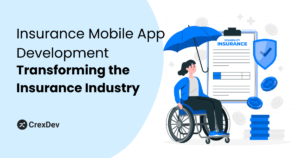
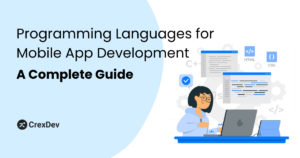
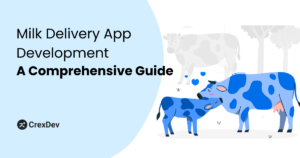

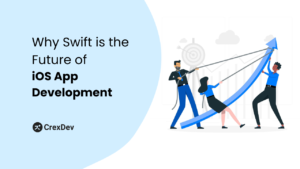
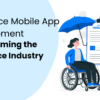

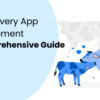

Add comment